
Animal Parts
This project teaches children about animals, including fish, amphibians, reptiles, birds, mammals and invertebrates.

Developed for primary schools
Inspire curiosity with primary lessons that explore where animals live, what they need to survive, and how they adapt. Children will learn about food chains, camouflage, and how animals and plants defend themselves—all through hands-on investigations, observation, and research. Perfect for building scientific thinking and a love of the natural world!
These lessons and resources are available either as part of a topic-related whole project within the broader Cornerstones History Curriculum through our Maestro platform, or as individual stand-alone lessons on our Quick Teach platform.
Available on:


This project teaches children about animals, including fish, amphibians, reptiles, birds, mammals and invertebrates.
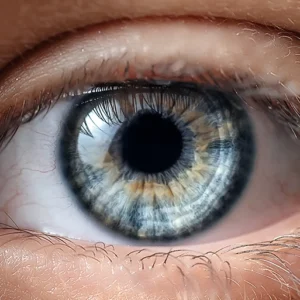
This project teaches children that humans are a type of animal, known as a mammal. They name body parts and recognise common structures between humans and other animals. They learn about the senses, the body parts associated with each sense and their role in keeping us safe.
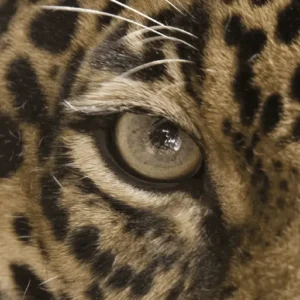
Develop children’s knowledge of shape, colour, pattern and texture with Paws, Claws and Whiskers, our comprehensively resourced art and design project. The supporting high-quality teaching resources help Year 1 children observe, draw and recreate wild animals and pets, as they find out more about them.
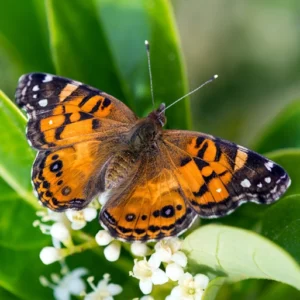
This project teaches children about growth in animals by exploring life cycles of some familiar animals. They build on learning about the survival of humans, by identifying the basic needs of animals for survival, including food, water, air and shelter.
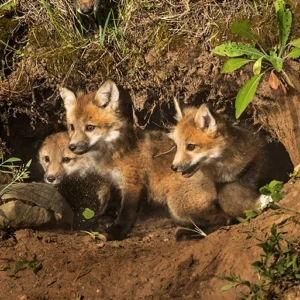
This project teaches children about habitats and what a habitat needs to provide. They explore local habitats to identify and name living things and begin to understand how they depend on one another for food and shelter.
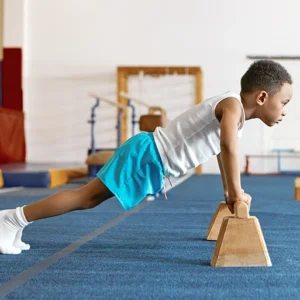
This project teaches children about the basic needs of humans for survival, including the importance of exercise, nutrition and good hygiene. They learn how human offspring grow and change over time into adulthood.
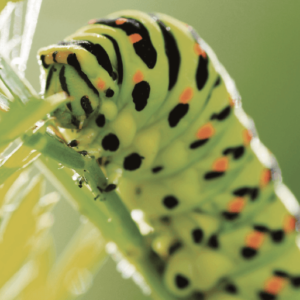
Develop children’s knowledge of living things and their habitats with our pre-planned and comprehensively resourced science project, Wriggle and Crawl. Our high-quality teaching resources help Year 2 children identify, observe and investigate minibeasts, and understand life cycles.
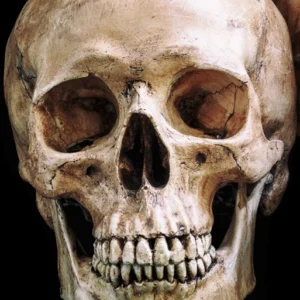
This project teaches children about the importance of nutrition for humans and other animals. They learn about the role of a skeleton and muscles and identify animals with different types of skeleton.
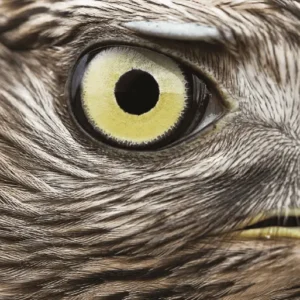
Develop children’s knowledge of predatory animals and plants with our pre-planned and comprehensively resourced science project, Predator! Our high-quality teaching resources help Year 3 children understand food chains, habitats and learn the key parts and functions of animals and plants.

Develop children’s knowledge of the digestive system with our pre-planned and comprehensively resourced science project, Burps, Bottoms and Bile. Our high-quality teaching resources help children learn about teeth, bodily functions, healthy eating and, of course, poo!
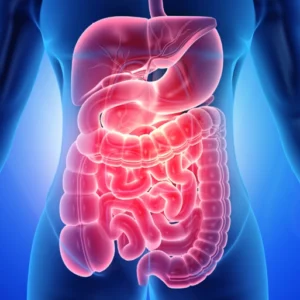
This project teaches children about the human digestive system. They explore the main parts, starting with the mouth and teeth, identifying teeth types and their functions. They link this learning to animals’ diets and construct food chains to show the flow of energy.

This project teaches children about the human life cycle. They explore growth and development to old age, including the changes experienced during puberty and human reproduction.

Teach children about the human circulatory system and heart health in our pre-planned science project, Blood Heart. This Year 6 project and supporting resources develop children’s knowledge about the workings of the heart and significant medical discoveries.
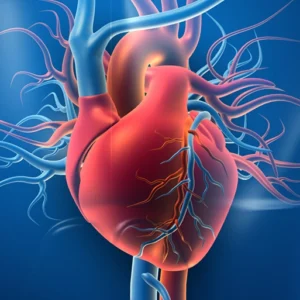
This project teaches children about the transport role of the human circulatory system, its main parts and their primary functions. They learn about healthy lifestyle choices and the effects of harmful substances on the body.
If you’re looking for inspiring lessons and resources across the whole science curriculum, then the Cornerstones Science Curriculum offers everything you need for single or multi-year groups, with a collection of projects designed by subject experts to support teachers and subject leaders at every level of subject knowledge.
Available on:

Not everyone needs a whole subject curriculum. If you’re only looking for some extra ideas and resources to add to what you’re already doing, we can help with that, too. Quick Teach gives you precisely that and is available to individual teachers as part of a low-cost monthly subscription or to whole schools as part of an annual subscription. Packed with age-appropriate lesson ideas, plans and resources, we can help you across various subjects and topics.
Get a 5-day free trial to Quick Teach, no credit card required!